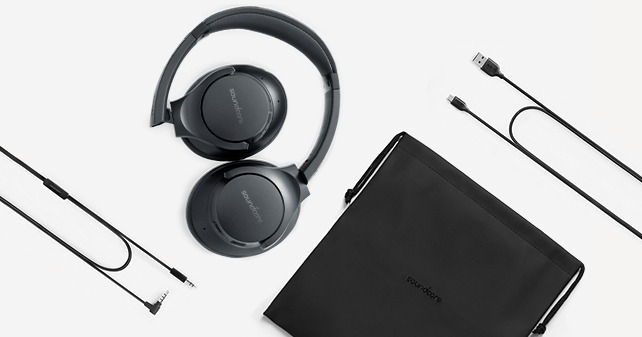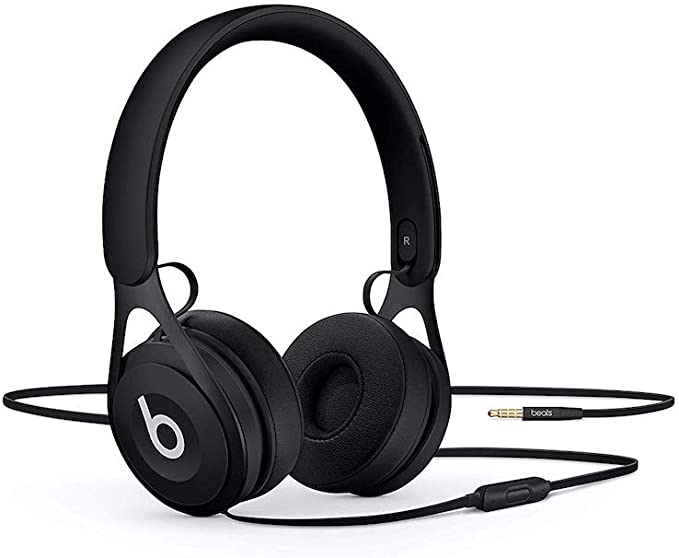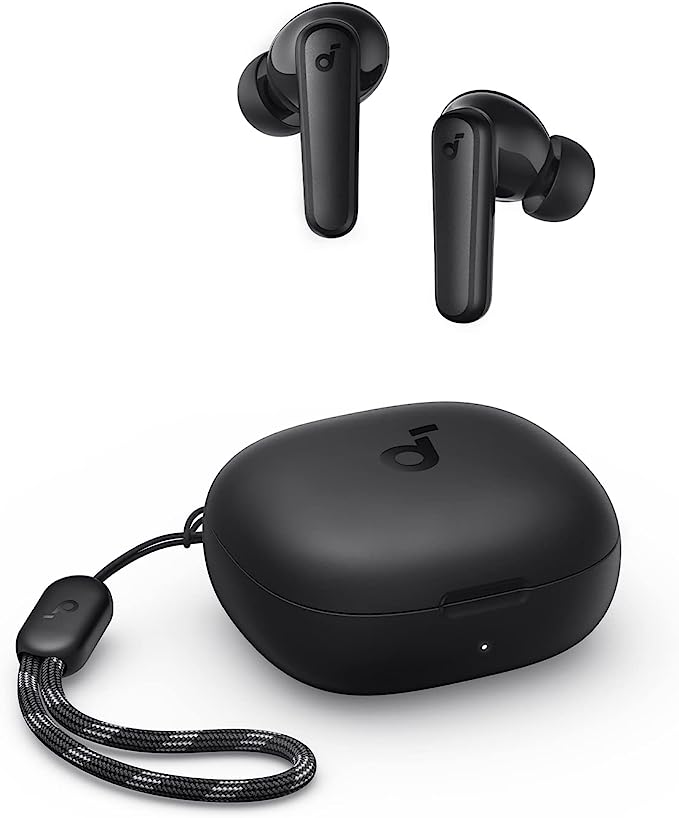Tecsun PL990: Your Gateway to Global Radio and Crystal-Clear Audio
Update on March 3, 2025, 7:36 a.m.
The crackle of static, a faint voice emerging from the ether, the thrill of hearing a broadcast from thousands of miles away… For generations, shortwave radio has captivated listeners with its ability to connect us to the farthest reaches of the globe. Today, in an age dominated by the internet, shortwave might seem like a relic of the past. But for those in the know, it remains a vibrant and fascinating world, and the Tecsun PL990 Digital Worldband Radio is your passport to this adventure.
I remember my first encounter with shortwave. I was a kid, fiddling with my grandfather’s old tube radio. I stumbled across a broadcast in a language I didn’t understand, but the sheer mystery of it – the idea that these sounds were traveling across oceans and continents – sparked a lifelong fascination. The PL990, in many ways, is the modern embodiment of that magic, packing incredible technology into a portable package.

A Brief History of Radio: From Spark to Smartphone
The story of radio begins with the theoretical work of James Clerk Maxwell, who predicted the existence of electromagnetic waves in the 1860s. Heinrich Hertz then experimentally proved their existence in the 1880s, and Guglielmo Marconi pioneered wireless telegraphy in the 1890s, sending signals across the Atlantic. The early 20th century saw the birth of AM radio broadcasting, followed by FM and, of course, shortwave. These advancements revolutionized communication, entertainment, and even warfare.
Understanding Radio Waves: The Invisible Messengers
Radio waves, like light and heat, are a form of electromagnetic radiation. They travel at the speed of light, but unlike light, they can penetrate walls and travel vast distances. The key characteristic of a radio wave is its frequency, measured in Hertz (Hz). Frequency refers to the number of wave cycles per second. A related concept is wavelength, which is the distance between two successive crests of a wave. Frequency and wavelength are inversely related: higher frequency means shorter wavelength, and vice versa.
The radio spectrum is divided into different bands, each with its own characteristics and uses. The PL990 covers a wide range of these bands, including:
- Longwave (LW): 100-519 kHz. Used for broadcasting in some parts of Europe and Asia, as well as for navigational beacons.
- Mediumwave (MW), or AM: 520-1710 kHz. The traditional AM broadcast band, known for its long range, especially at night.
- Shortwave (SW): 1711-29999 kHz. The realm of international broadcasters, amateur radio operators, and a variety of other signals.
- FM: 64-108 MHz. Provides high-fidelity audio, ideal for music broadcasting.
The Magic of Shortwave: A Global Reach
Shortwave is unique because of its ability to travel very long distances. This is due to the ionosphere, a layer of the Earth’s atmosphere that is ionized by solar radiation. Shortwave radio signals can bounce off the ionosphere, allowing them to reach far beyond the horizon, even to the other side of the world. This phenomenon, called “skywave propagation,” is what makes shortwave listening so exciting. The ionosphere’s properties change depending on the time of day, season, and solar activity, which makes shortwave reception a dynamic and sometimes unpredictable experience.

Inside the Tecsun PL990: A Technical Tour
The PL990 isn’t just a simple radio; it’s a sophisticated piece of engineering. Let’s take a look under the hood to understand the technology that makes it so capable.
-
The Superheterodyne Principle: Almost all modern radios, including the PL990, use the superheterodyne principle. This involves converting the incoming radio signal to a fixed intermediate frequency (IF) for amplification and filtering. Imagine it like this: you have a magnifying glass (the amplifier) that works best at a specific distance (the IF). Instead of constantly adjusting the magnifying glass, you move the object (the incoming signal) to the optimal distance. This is done by mixing the incoming signal with a locally generated signal from a variable frequency oscillator (VFO). The result is a signal at the IF, which can be processed more efficiently.
-
Triple Conversion: Why It Matters: The PL990 takes the superheterodyne principle a step further by using triple conversion. This means the incoming signal is converted to three different IFs in succession. The first IF is typically very high, which helps to reject image frequencies. Image frequencies are unwanted signals that can interfere with the desired signal. By using multiple IF stages, the PL990 achieves excellent selectivity, meaning it can separate closely spaced stations, and image rejection, meaning it minimizes interference from unwanted signals. The first IF is generally very high, to allow for excellent image rejection. Then it goes to a second, lower IF, for greater selectivity.
-
DSP: The Digital Revolution: The PL990 utilizes a powerful Digital Signal Processing (DSP) chip. After the signal has been converted to the final IF, the DSP chip takes over. It converts the analog signal to a digital representation (a series of numbers) and then performs a variety of operations on it, including filtering, demodulation (extracting the audio from the radio signal), and noise reduction. DSP offers significant advantages over traditional analog circuits, including improved sensitivity, selectivity, and stability.
-
SSB: Unlocking a World of Voices: The PL990 can receive Single Sideband (SSB) signals. SSB is a more efficient form of amplitude modulation (AM) used by amateur radio operators and some international broadcasters. In standard AM, the signal contains a carrier wave and two sidebands, which carry the same information. SSB eliminates the carrier and one of the sidebands, transmitting only one sideband. This reduces the bandwidth required and concentrates the transmitter power, resulting in a stronger signal at the receiver. The PL990 has dedicated circuitry to properly demodulate SSB signals, allowing you to listen to ham radio conversations and other SSB broadcasts with clarity.
-
Antenna: The PL990 comes with a built-in telescopic whip antenna, which is adequate for many situations. However, for serious shortwave listening, an external antenna is highly recommended. A longer wire antenna, ideally strung outdoors and high off the ground, will significantly improve reception, especially of weaker signals.
Listening with the PL990: A World of Possibilities
The PL990’s wide frequency coverage opens up a vast world of listening opportunities. Here’s a glimpse of what you can explore:
-
Exploring the Bands:
- Longwave: Primarily used in Europe, you might catch broadcasts from countries like Germany, France, or Poland.
- Mediumwave (AM): Listen to local and regional stations, and at night, try to pick up distant stations from hundreds or even thousands of miles away.
- Shortwave: This is where the real adventure begins! Tune in to international broadcasters like the BBC, Voice of America, Radio China International, and many others. Explore music from around the world, listen to news in different languages, and discover the fascinating world of amateur radio.
- FM: Enjoy high-quality music and local broadcasts.
-
Tuning Techniques: The PL990 offers several ways to tune:
- Direct Frequency Entry: Simply enter the frequency on the keypad.
- Manual Tuning: Use the tuning knob to scan through the bands.
- Auto-Tuning Storage (ATS): The radio automatically scans and stores available stations in memory.
- Memory Recall: Access your favorite stations stored in the 3150 memory presets.
-
Real-World Listening Examples: Picture this…you are camping out in the middle of nowhere, and you’re able to pick up news from halfway across the world! Or you are picking up distant ham radio chatter. Or maybe just high-quality FM sound in your living room.
Beyond Reception: Other Features
The PL990 is more than just a receiver; it’s a versatile audio device.
-
Audio Quality: Tecsun has paid attention to audio quality. The PL990 features a Class AB amplifier and a 3-watt full-range speaker, delivering surprisingly rich and clear sound for a portable radio. This makes listening to music, whether from FM broadcasts or the built-in MP3 player, a pleasure.
-
MP3 Player: The PL-990 can play MP3, WMA, FLAC, WAV, and APE audio files through its included Micro-SD card slot.
- Other Conveniences: The PL990 includes a built-in alarm clock, a sleep timer, and a keylock function to prevent accidental changes to settings.
Tecsun’s legacy
Tecsun has been a major player in the radio manufacturing industry for many years. They’ve built their name on producing high-quality, reliable radios, accessible to a wide range of users. The PL990 is a testament to this commitment to excellence.

Conclusion: A Window to the World
The Tecsun PL990 is a powerful and versatile shortwave radio that opens up a world of listening possibilities. It’s a testament to how far radio technology has come, packing advanced features and performance into a compact and affordable package. Whether you’re a seasoned shortwave enthusiast or a curious newcomer, the PL990 invites you to explore the airwaves and discover the magic of global radio. It’s not just about receiving signals; it’s about connecting with the world. So, tune in, listen closely, and let the adventure begin!




































